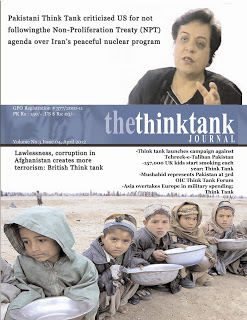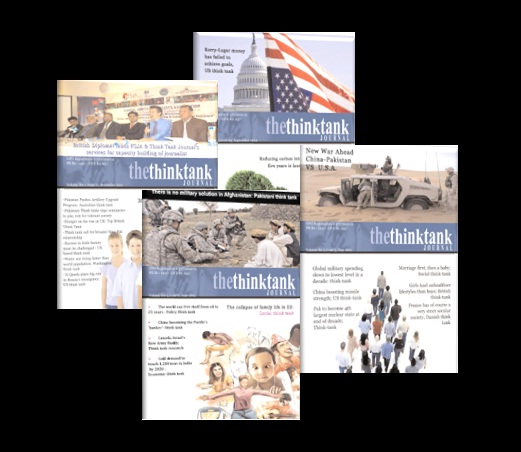The conflict in Ukraine has not only reshaped geopolitical landscapes but has also triggered a notable shift in Russia’s military strategy.
The International Institute for Strategic Studies (IISS) highlights the increasing significance Moscow places on non-strategic nuclear weapons (NSNWs) as a deterrent against NATO forces. This report delves into the implications of this shift, exploring Russia’s motivations, the potential for nuclear escalation, and the complex challenges it presents for global security.
The Changing Face of Russian Military Confidence:
The IISS report underscores a dent in Russia’s confidence in its conventional forces, attributed to the challenges faced in the Ukrainian conflict. As a response, Moscow appears to be amplifying the role of NSNWs—nuclear weapons with a range of up to 5,500 km. This strategic move raises questions about the dynamics of conflict escalation and whether Russia might consider employing NSNWs to achieve its objectives.
Escalation through NSNWs: A Calculated Strategy:
The logic behind using NSNWs, as proposed by the IISS, revolves around controlled escalation. By introducing NSNWs into a conflict, Russia aims to manipulate the situation—either dissuading the US and NATO from engagement or coercing them into war termination on Russian terms. This calculated approach, if pursued, challenges the conventional understanding of nuclear deterrence and opens avenues for strategic coercion.
Perceived Western Weakness and Russian Aggression:
The report delves into the Russian perception of Western hesitancy in deploying nuclear weapons, suggesting that Moscow might be emboldened to use NSNWs under the belief that the West lacks the resolve for a nuclear response. This perception, coupled with aggressive NSNW doctrines, further complicates an already tense global security landscape.
Putin’s Nuclear Posturing:
Despite consistent denials from Moscow regarding nuclear threats, President Vladimir Putin’s statements and actions suggest otherwise. From warnings of unprecedented consequences to altering Russia’s stance on nuclear treaties and deploying tactical nuclear weapons, Putin’s moves hint at a strategic reevaluation that incorporates NSNWs as a potent element in Russia’s military arsenal.
The Nuclear Dilemma: A Challenge for the West:
The IISS report sheds light on the ongoing debate within Russia about lowering the threshold for nuclear use. The reluctance to alter stated doctrines but explore tactical nuclear options poses a challenge for Western analysts and policymakers. The potential for a nuclear threshold shift demands a strategic response that balances deterrence with de-escalation measures.
Contemplating a Nuclear Response: Challenges and Concerns:
The report outlines potential signals that Western intelligence would monitor if Russia were preparing to launch NSNWs. These include weapon movements, conventional strikes near target areas, and heightened nuclear readiness. The prospect of a nuclear response introduces a complex challenge for U.S. planners—how to prevent a cycle of escalation and contain the fallout once the nuclear threshold is crossed.
Conclusion: Navigating a New Nuclear Landscape:
As Russia recalibrates its military strategy, placing greater emphasis on NSNWs, the global security landscape faces heightened uncertainties. The Ukraine conflict has served as a catalyst for reevaluating the role of nuclear weapons in regional conflicts. Navigating this new nuclear landscape requires a delicate balance of deterrence, strategic communication, and a nuanced understanding of the motivations driving Russia’s evolving military doctrines. The implications stretch far beyond regional dynamics, posing challenges that demand careful consideration on the international stage.




